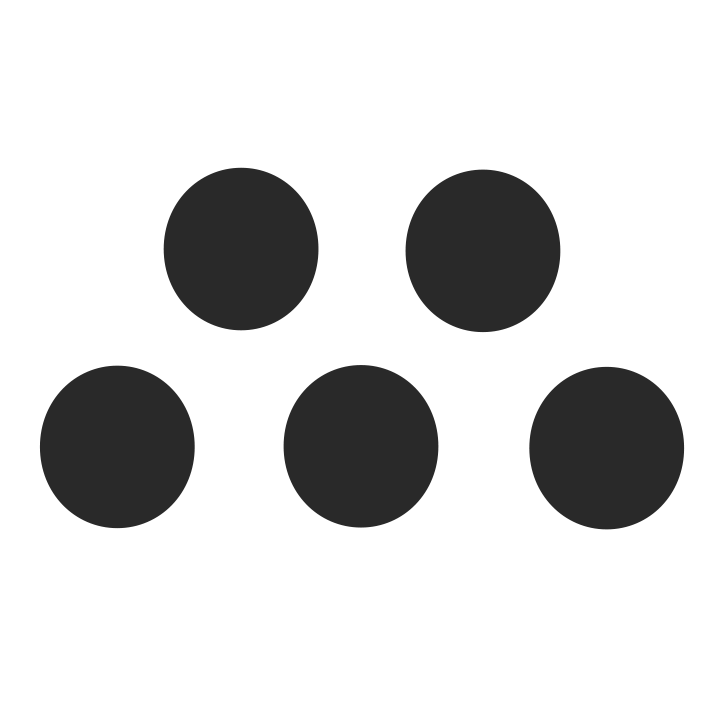1. Information We Collect
We collect personal information when you submit a contact form, including:
- Name
- Email address
- Company name (if provided)
- Any additional information you share in your message
2. How We Use Your Information
We use the information you provide to:
- Respond to inquiries and communicate with you
- Improve our services and website experience
- Maintain security and prevent spam or misuse
- We do not sell, rent, or share your personal data with third parties for marketing purposes.
3. Cookies & Tracking
We may use cookies or analytics tools (such as Google Analytics) to understand website traffic and improve our content. You can adjust cookie settings in your browser at any time.
4. Data Protection
We take reasonable measures to protect your information, but no online transmission is 100% secure. If you have security concerns, please contact us directly.
5. Your Rights
You can request to:
- Access or update your information
- Request deletion of your data
- Opt out of communications
To make a request, contact us at [Your Contact Email].
6. Changes to This Policy
We may update this policy as needed. The latest version will always be available on this page.
Close





